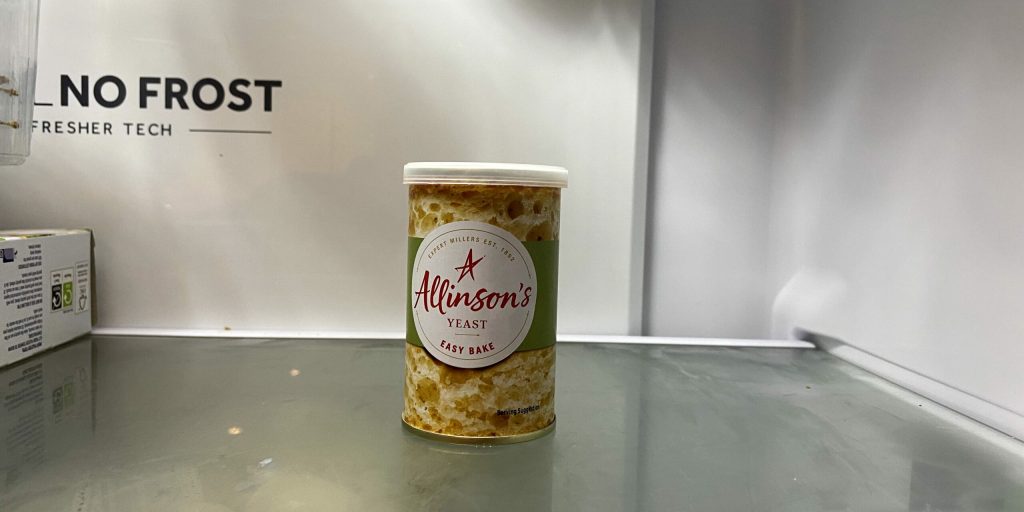Few things are as frustrating as starting to bake and then realizing your yeast is past its prime when your dough doesn’t rise.
If yeast isn’t stored properly or is past its expiration date, it can become inactive. To give your cinnamon rolls and honey wheat loaves with plenty of rise, The Great Bake will share the best tips for storing yeast.
Types of Yeast
Baker’s yeast comes in three general types – fresh yeast, active yeast, and instant, or rapid-rise, yeast. These different kinds of yeast need to be stored correctly to be at their best.
Fresh Yeast
Used mostly by professional bakers, fresh yeast comes in a pale block and is about 70 percent moisture. It’s also known as cake yeast or compressed yeast.
Active Dry Yeast
Found in the baking section of your supermarket, active dry yeast comes premeasured envelopes and is dry. Before adding active dry yeast to your recipe, it should be mixed with warm water and dissolved.
Instant Yeast
Also called Rapid-Rise yeast or bread machine yeast, instant yeast cuts rising time in half. It’s also convenient because you can add it in with dry ingredients. There’s no need to dissolve it first.
How to Store Yeast
A sealed container in a cool, dry place will keep your yeast at its most potent. Keep yeast away from moisture or warmth until you’re ready to bake.
Yeast can be stored at room temperature or in your refrigerator or freezer for up to six months.
Keeping your yeast cool or frozen may help it store for longer periods, but you should allow time for it to rise to room temperature before using it. Let active dry yeast or instant yeast sit on your countertop for about an hour and it will be ready to use.
Closed active dry yeast packages can be stored unopened in the refrigerator for up to four months or in the freezer for up to six months. Opened envelopes can be sealed in a zippered plastic freezer bag before going into cold storage.
Fresh yeast can also be frozen. Prior to storing, fresh yeast should be wrapped in layers of plastic wrap and foil and then sealed in a zippered plastic freezer bag to prevent freezer burn. Remove as much excess air as possible. When ready to use, thaw as much as you need in the refrigerator.
